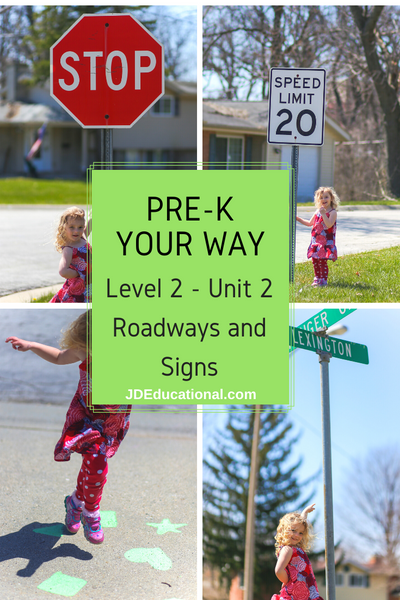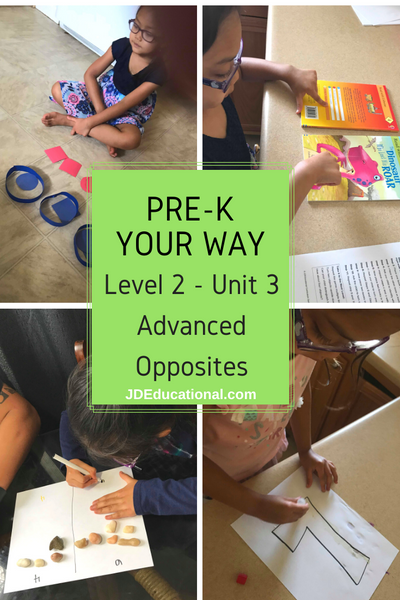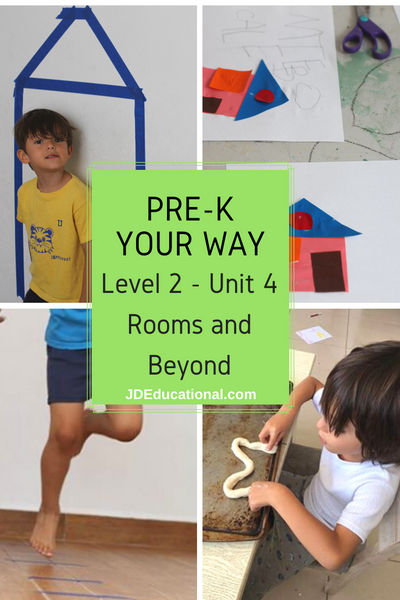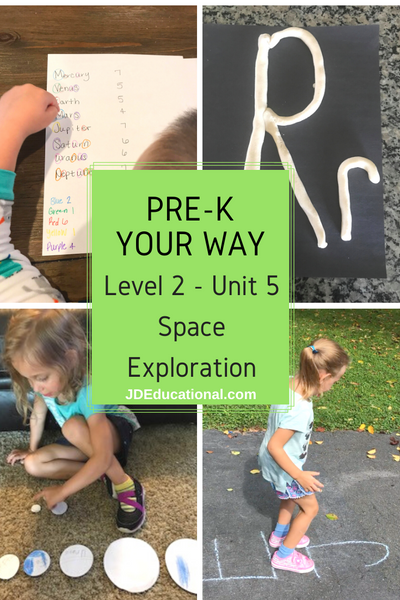
One of the most common questions that parents ask is if their child is ready for Kindergarten. Not only do children need to know how to write their names and count to ten, but they also have to master a variety of social skills in order to successfully transition into a Kindergarten classroom. Children in Kindergarten are expected to follow routines and simple directions, show independence skills in potty training and self-care, share space and objects with about twenty other children their age and complete a variety of projects throughout the school day.
Although these are all important topics to address, following directions is a skill which weaves through all areas of development. At home, parents give children a variety of directions throughout the day, usually when it comes to routines. The most common include:
- Put your toys away.
- Put your shoes on.
- Get up.
- Stay out of the street.
- The toothpaste belongs on the toothbrush.
Each of these directions correlate to daily activities which children are expected to follow in order to complete that task. What about new tasks that children have not been exposed to before, such as how to draw a sun or how to stay on a red line when leaving the play yard. Children need to be exposed to a variety of directions which will lead to the completion of new Kindergarten tasks.

It is important to remember which developmental stage children are at when given directions:
- Can they understand what you are saying?
- Are you giving the direction too far away (from another room)?
- Are you talking to them during an inappropriate time (such as while they are watching a show)?
The following is a guide on how to give directions to different age groups, and some activities which support the directions.
for children 6 months through 12 months old:
- Keep directions simple.
- Use lots of gestures such as pointing and demonstrate the task at hand.
- Make eye contact.
for children 12 months through 18 months old:
- Keep directions to one step at a time (Put your shoes in the box).
- Make eye contact when giving the direction.
- Use gestures as needed.
for children 18 months through 24 months old:
- Start to introduce simple two-step direction which include the same object (Put your shoes in the box then put the lid on the box).
- Make eye contact when giving the direction.
- Use gestures as needed.
for children 2 years old through 3 1/2 years old:
- Start introducing two-step directions which include different objects (Put your shoes in the box and close the door).
- It’s okay to give a direction when in the same room without making eye contact.
- Make sure not to give a direction when the child is engaged in another activity.
for children 3 1/2 through 5 years old:
- It is now okay to give children multiple step directions (Put your shoes in the box, close the door then sit at the table).
- Make sure not to give a directions when the child is engaged in another activity.
- Develop games to introduce new directions they haven’t heard before.
Games and Activities to Incorporate into your day to practice following directions:
- Hide and Seek
- Simon Says
- Follow the Leader
- What’s in the Box
- Preparing a Meal in the Kitchen
- Adult-led Art Projects
- Exploring a trail outdoors
- I Spy with My Eye
- Where’s Waldo/Frosty/Favorite Stuffed Animal
Following directions are such an important part of Kindergarten and beyond. Make sure to thank or praise a child after they complete a task.
Does your child need time to calm down before they are listening to you?
Sometimes children will cry and tantrum even though we try our best to give directions in the best way possible. To learn practical ways on how to prevent tantrums and support your child in communicating their emotions (rather then screaming), use our Soothing Sammy Set.

This set teaches parents how to respond to typical children's behaviors in a positive way and learn more about why children act they way they do. Sammy is a wonderful way to help children learn how to process their own emotions in a safe and effective way so they can problem-solve and move on. For more information on Sammy, visit our Soothing Sammy page.
About the Author: Jeana Kinne, MA has spent over 16 years in the Early Childhood Education field. She has worked as a Preschool Teacher, Preschool Director, Preschool Consultant and with children with Special Needs. Jeana created JDEducational to guide parents in learning simple teaching techniques which keep their child engaged, excited to learn. She hopes that through learning and growing together, families will create life-long memories. Learn More About Jeana Here.
 Was this interesting to you? Sign up here to receive our new blogs as soon as we publish them!
Was this interesting to you? Sign up here to receive our new blogs as soon as we publish them!











I love that you listed some games to play with your child. As a mom of two, and a volunteer who has taught children for over 15 years, that is the best way to engage and teach a child….through play!
Great tips. Thanks!
Great ideas broken by age group!